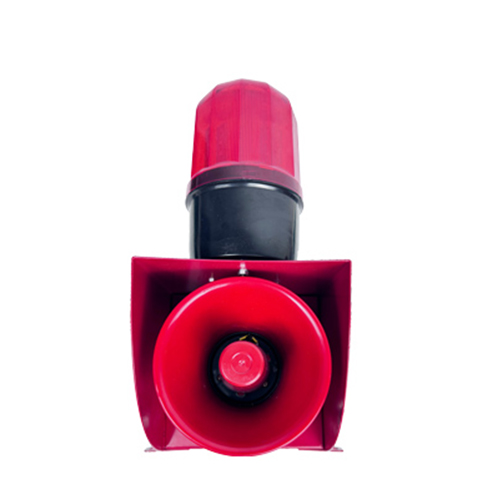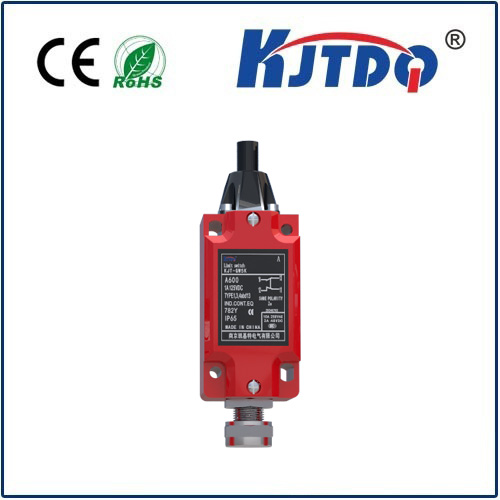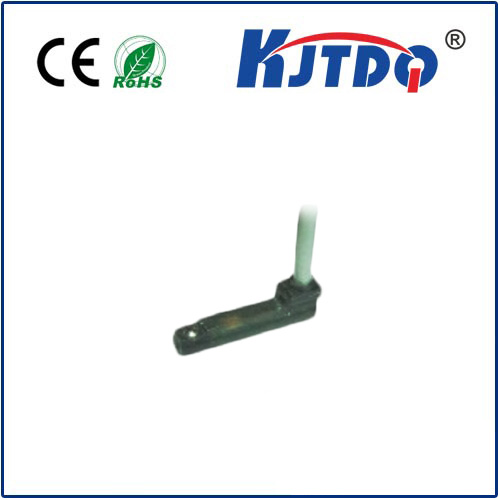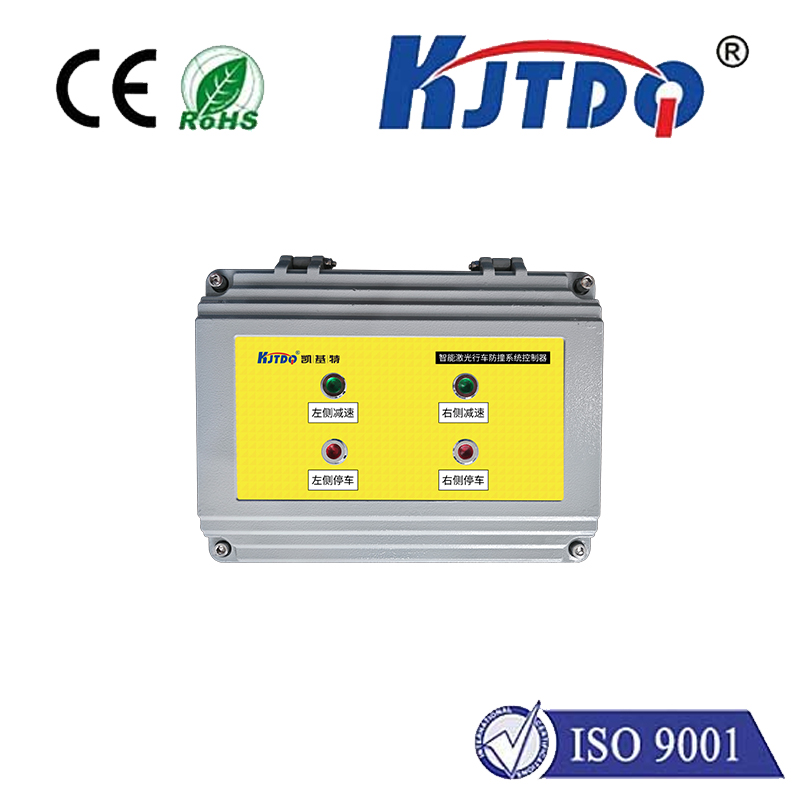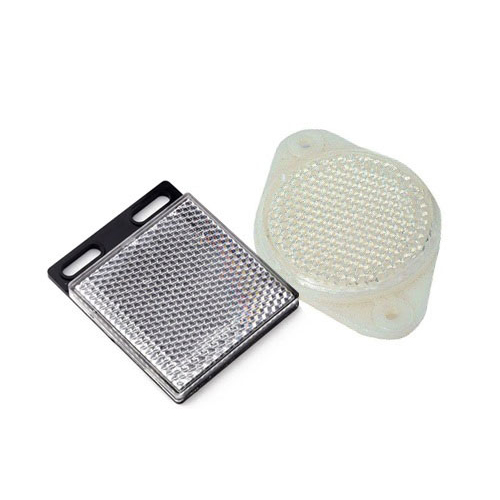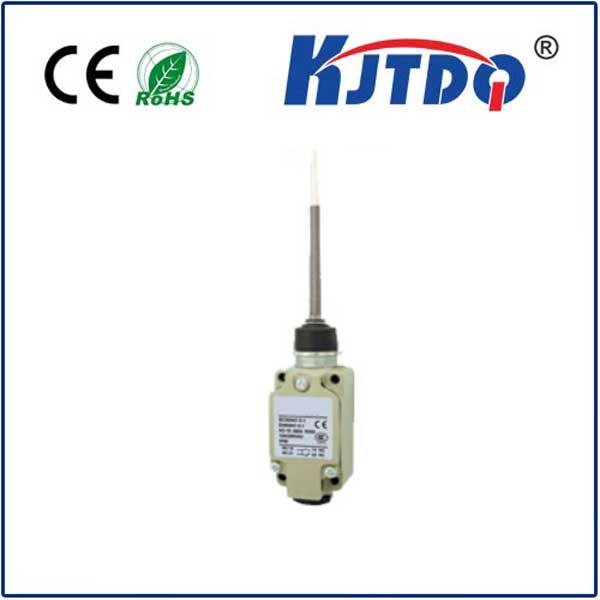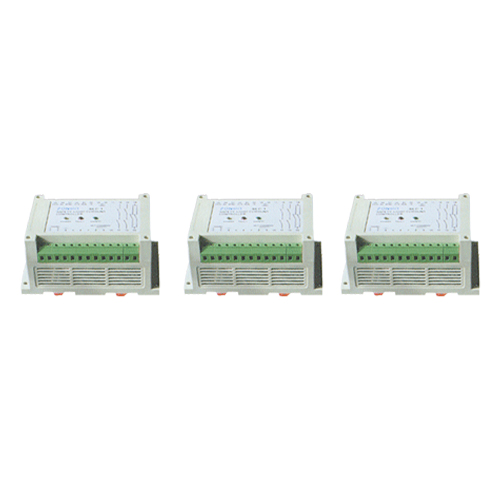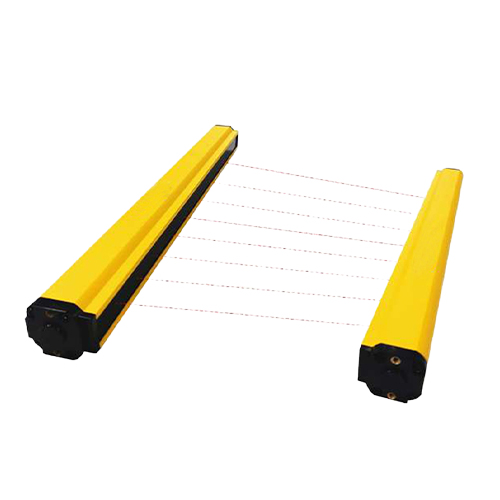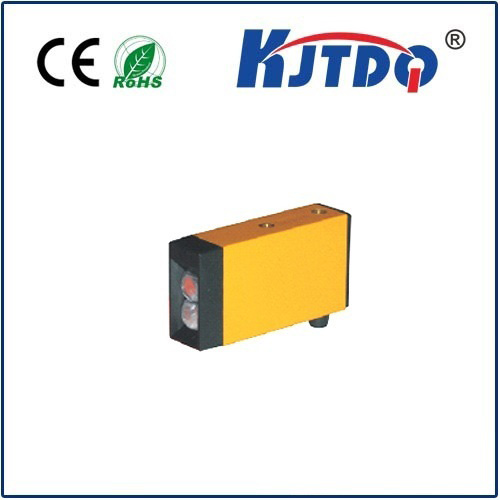

check

check

check

check

check

check

check

check

check

check

Title: Exploring the Innovation Behind the 2 Wire Proximity Sensor In the rapidly developing field of industrial automation, sensors play an integral role in ensuring precision, safety, and efficiency. One such marvel of modern technology is the 2 wire proximity sensor. This unassuming device, though small in size, packs a significant punch when it comes to enhancing the capabilities of various industrial applications. In this article, we delve into what a 2 wire proximity sensor is, how it functions, its advantages, and its applications. What is a 2 Wire Proximity Sensor? A 2 wire proximity sensor is an electronic sensor that detects the presence of an object without any physical contact. The term “2 wire” refers to the two-wire cable that connects the sensor to the control system, supplying both power and ground. The sensor operates by emitting an electromagnetic field or beam of light. When an object comes within the sensor’s range, the field or light beam is interrupted, triggering an electrical signal that can be processed for various controls. Functioning of the 2 Wire Proximity Sensor Typically, a 2 wire proximity sensor consists of a coil that produces an alternating magnetic field. As mentioned earlier, it is connected to a control system via a pair of wires that provide power and act as a ground. Upon the approach of a conductive object within its sensing range, the object absorbs energy from the magnetic field, which in turn changes the frequency of the signal sent back to the control system. This change in signal indicates the presence of the object, allowing the control system to respond accordingly. Advantages of Using a 2 Wire Proximity Sensor
